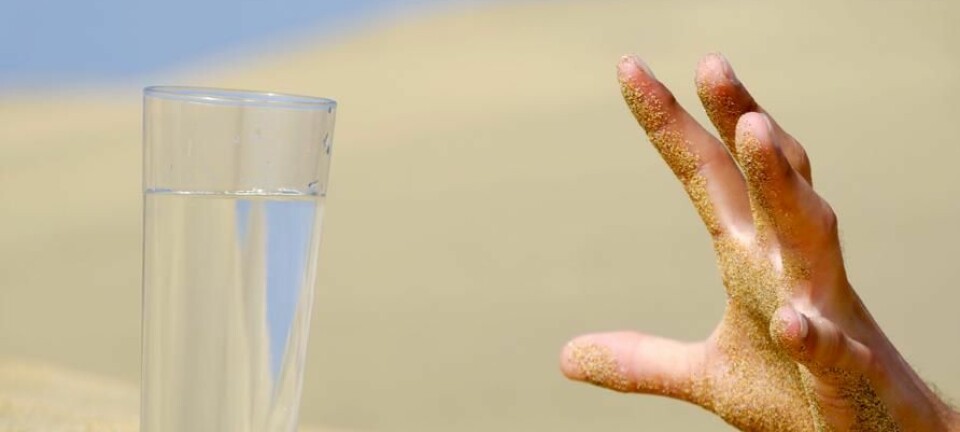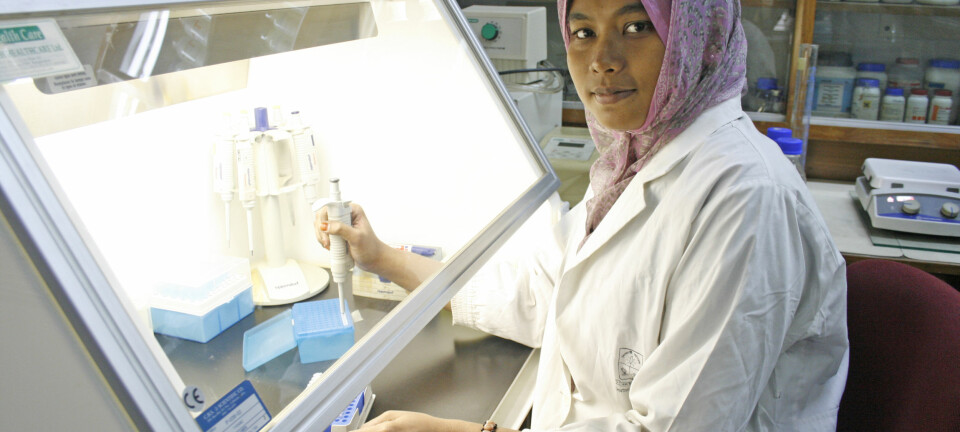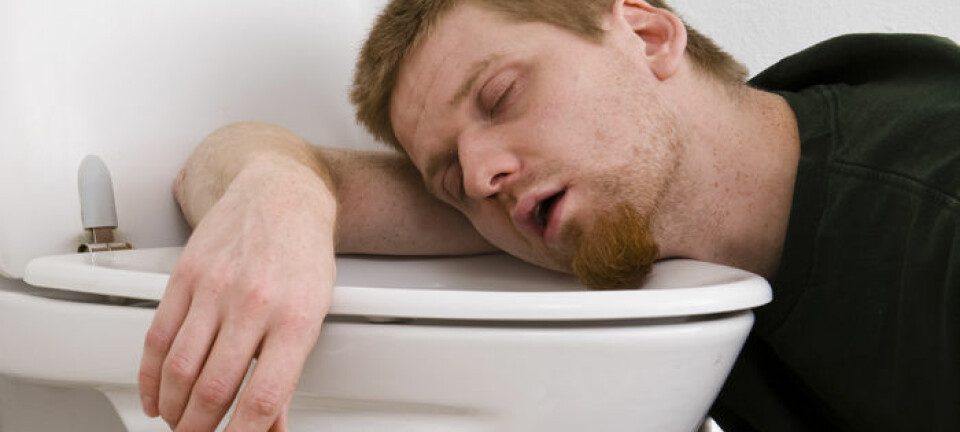This article was produced and financed by Norwegian Institute for Agricultural and Environmental Research
New methods for fecal source tracking
Fecal contamination in water is one of the most common reasons for human diseases. Molecular methods can reveal if the contaminants derive from human or animal excreta, and whether they constitute a health risk or not.
Denne artikkelen er over ti år gammel og kan inneholde utdatert informasjon.
Fecal water contamination occurs when excreta from humans or animals enter a water source due to sewage leakage or inadequate wastewater treatment.
As of today, it has not been customary in Norway to specify whether the contamination source derives from humans or animals. This has made it difficult to implement efficient measures against fecal water contamination, which in return makes it difficult to reduce contaminant exposure and potential health risks associated with it.
This is about to change. The Norwegian Institute for Agricultural and Environmental Research, Bioforsk, has tested and implemented a set of methods for the detection of fecal pollution in Norwegian watercourses. The methods, which combine microbial and molecular biological techniques, can give answers as to whether the contamination is a result of human or animal excreta. In addition, the methods provide grounds for assessing whether the water pollution poses a health risk or not.
E. coli as indicator
Fecal contamination measured in terms of the indicator bacteria E. coli can be the result of wastewater leakage, effluent discharge after inefficient sewage treatment, or agricultural runoff containing animal fecal matter entering surface and/or groundwater. The contamination happens if E. coli enters water, either directly from the contaminative source, or indirectly via e.g. soil irrigation with fecally contaminated water or use of organic animal-based fertilizers. The latter is particularly a problem after heavy rainfall with subsequent runoff.
Most strains of E. coli are harmless, but some groups, such as Shiga toxin-producing E. coli, STEC, contain types of E. coli which are particularly pathogenic. STEC is also the only group of E. coli which is transmitted from animals to humans through food and waterborne infection. It is therefore important that drinking water does not contain it.
Two-step method for contaminant detection
Adam Paruch from Bioforsk is one of the researchers involved in the testing of the new methods for determining the source of fecal contamination in water. He points out that there are several microbial methods for the detection of E. coli in water, but up until now, it has not been common practice in Norway to use molecular biology to determine exactly where these bacteria stem from – whether the source is human or animal. This has rendered it difficult to implement effective and target-specific measures against the contaminative source.
The tool set for tracking contaminative sources consist of two steps. The first is to perform a microbiological test to determine whether a water source is affected by fecal contaminants or not. To do this, the researchers carry out a standard 18-hour test for the detection and quantification of E. coli in water samples.
In the second step, which is based on genetic markers, they only concentrate on the fecally positive water samples from the first step. The well characterized host associated markers, such as those for humans, cows and horses, can be detected both qualitatively and quantitatively.
“This helps us to quickly identify the major sources of contamination in a water catchment,” Paruch says.
He has collaborated closely with Lisa Paruch, a molecular biologist at Bioforsk, in testing the tool set on various smaller catchments in Norway. The results obtained so far clearly indicate that molecular analyses can be very useful for determining the specific source of fecal contaminants in water.
Methods reveal health risk potential of bacteria
In addition to fecal origin discrimination and further identification of principle pollutants, the two researchers’ analyses also included another test which rendered it possible to determine whether the bacteria present in water was pathogenic or not.
The molecular methods used in the experiments can determine the seven most common STEC serogroups, which includes E. coli O157:H7 which induces serious illnesses and even deaths among humans.
“By combining microbial and molecular biological techniques, we are in the process of establishing an efficient analyses set which can provide us with exclusive supporting information for public health risk assessment,” Lisa Paruch comments.
Call for collaboration with authorities
In Norway, this is the first time molecular and microbial biological methods are combined in a tool set to track sources of fecal contamination in water. As of today, the methods have only been tested on a few small catchments. The plan now is to invite Norwegian environmental authorities and municipalities suffering from contaminative waters in partaking in collaborative efforts to test the methods further.
“We know that fecal contamination doesn’t only derive from wastewater, so for the appropriate measures to be implemented, it is important that we find out what the actual contamination source is. Now we have established a tool set of methods which can provide us with information on this,” says Trond Mæhlum, Head of Department at Bioforsk Soil and Environment.
By implementing host-specific genetic markers from cows, horses, pigs and birds etc. in a standard analyses set, the scientists can use these methods to find out which target-specific measures need to be implemented to limit the discharge of fecal contaminants to waters. This can protect humans and the environment from potentially pathogenic E. coli.
“Our hope is that authorities working with environmental, health and food security issues are interested in testing and implementing these methods further in cooperation with us,” Mæhlum says.


































